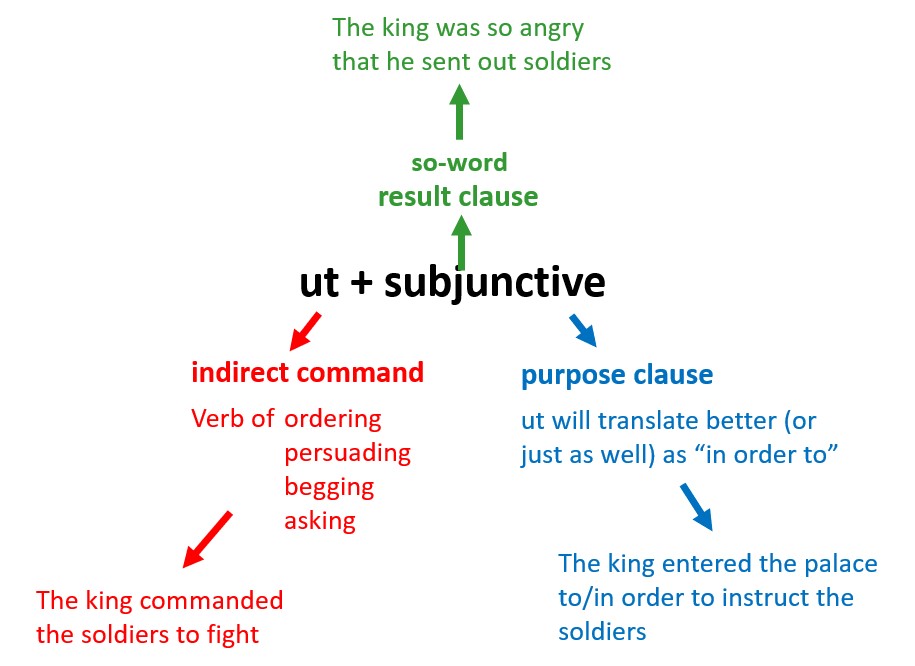“It is difficult to get a man to understand something when his salary depends on his not understanding it.”
Upton Sinclair
Full disclosure: I’d never heard of Upton Sinclair until I read this quotation. I first came across the remark when reading about the literacy crisis in America. I had already listened to the eye-opening podcast Sold a Story and was appalled at what I had heard. I then started looking at some of the debates happening online around how reading is taught in the US and how this has been dominated for so long by methods that don’t work effectively, but which make certain authors and publishers a great deal of money. The notion that anyone could push an idea in education purely for monetary gain seemed so appalling that I found myself wondering whether it could possibly be true.
Spolier alert: it is entirely possible. However, like most things in life, I think it’s a little more complicated than pure greed. Sinclair is absolutely right that people will continue to advocate for a bad idea to sustain their income, but I do cling to the notion that they probably have a personal investment in the idea that goes beyond the financial. Their self-worth, their self-belief and sometimes their very identity can be at stake. It’s jolly difficult to admit that you might have been mistaken about something that you’ve made your life’s work. Add to this the fact that – as Sinclair puts it – your “salary depends” on not being mistaken, then the process of enlightenment becomes close to impossible.
I have changed my mind about a range of things during my 21 years as a classroom teacher. What I believed to be the case when I started turned out to be wrong, and this is not because I became a cynic or “gave up on my principles” – quite the opposite. Changing your mind is challenging. The principles I have stuck to have been to follow the evidence of what is best for the majority of children. When I have been presented with overwhelming evidence that my approach towards doing something is less effective than someone else’s, then I have been willing to change my approach. I let go of my beliefs in the face of the evidence and I am a better teacher for it. Sadly, this seems to be an unusual attitude and I am constantly disappointed by how determindly people hold onto their beliefs against all the evidence. It seems to me that a lot of people care more about following their ideology than they do about genuinely doing what’s right; anything that seems to jar with their worldview frightens them so much that they’d genuinely rather avoid it, even when the evidence suggests that it helps learners more, or lifts a greater number of people out of poverty.
Even Andrew Wakefield, the disgraced and now struck-off consultant paediatrician, who first penned the now-discredited studies claiming a potential link between autism and the MMR vaccine, believed in what he was doing at the outset. Since then, having moved to America and been welcomed with open arms by the “anti-vax” lobbyists across the pond, doubling down on his beliefs rather than accepting the overwhelming scientific evidence that they were incorrect is by far the more attractive path for him to take. Why roll back on a position that’s making you a fortune? He will never change his mind – why would he?
It would probably shock most people to know just how much the education system has been at the mercy of snake-oil sellers and woo-merchants over the last 30 years. Some of it is still ongoing. In my time in schools I have sat through talks on such unscientific nonsense as Brain Gym, learning styles and the left-brain-right-brain “theory”. All of these sessions were run by “educational advisors” that the school had paid to train us. The waste of tax-payers’ money paying these people – whether they were well-meaning and deluded or outright fraudsters – makes me want to weep. Worse than this, however, is the thought that this money has not just been wasted, it has actively harmed the education of hundreds of thousands of children; teachers have been directly taught misinformation about how the brain works and about how children learn, at the expense of the wealth of genuine information that there is out there through cognitive science. If I think about it too much, it’s not good for my blood pressure.
I would love to think, with the advent of grassroots movements such as ResearchED giving ordinary teachers the confidence to push back against the tide of quackery, that the days of such cynical peddling are over. Sadly, we are not quite there yet. Just this week, with examination boards purportedly considering a shift to examinations being done on computers instead of by hand, there are the usual string of ed-tech salesmen rubbing their hands with glee. The amount of money that schools have wasted on tech over the years makes me feel quite ill. In the 21 years I spent in the classroom, I saw the arrival of the first interactive SmartBoard in one, lived through their proliferation in every classroom in every school, and lasted long enough to see the majority of them ripped out again, replaced by ordinary whiteboards. Each one of those SmartBoards originally cost a couple of thousand pounds and they all ended up in a skip – not because they were replaced by superior technology, but because most teachers realised that they were unncessary, unwieldy and impractical to use in the classroom.
There isn’t a week that goes by when I don’t think of Sinclair and his insightful observation. In terms of education, all we can do is continue to empower teachers to question everything that they are asked to do. My mantra in my last few years was “show me the evidence”. I know he’s a controversial figure for many, but Richard Dawkins writes so well and has a talent for wordsmithery that far exceeds mine. In his wonderful letter to his 10-year-old daughter, he concludes as follows: “What can we do about all this? It is not easy for you to do anything, because you are only ten. But you could try this. Next time somebody tells you something that sounds important, think to yourself: ‘Is this the kind of thing that people probably know because of evidence? Or is it the kind of thing that people only believe because of tradition, authority or revelation?’ And, next time somebody tells you that something is true, why not say to them: ‘What kind of evidence is there for that?’ And if they can’t give you a good answer, I hope you’ll think very carefully before you believe a word they say.“








